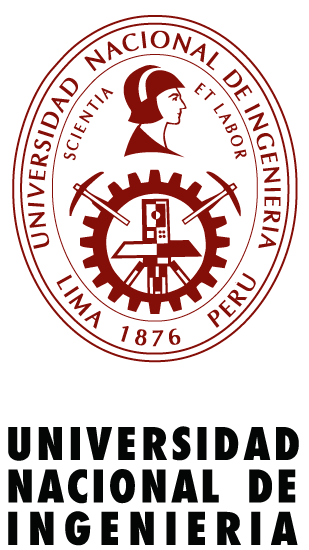Please use this identifier to cite or link to this item:
http://hdl.handle.net/20.500.14076/27710| Title: | Modelación precipitación - escorrentía en la cuenca urbana del centro histórico de la ciudad de Ayacucho |
| Authors: | Oré Iwanaga, Joel Belisario |
| Advisors: | Kuroiwa Zevallos, Julio Martín |
| Keywords: | Bootstrapping;Modelación de precipitación-escorrentía |
| Issue Date: | 2023 |
| Publisher: | Universidad Nacional de Ingeniería |
| Abstract: | La aplicabilidad de cuatro modelos de funciones de transferencia, para realizar transformación precipitación-escorrentía, fue investigada en dos cuencas periurbanas experimentales en Ayacucho, en el Centro Sur del Perú (A < 1 km2), en una zona semiárida y montañosa, y ningún proyecto ha sido conducido para simular este proceso. El objetivo principal fue obtener parámetros de diseño adecuados para el sistema de drenaje pluvial de la ciudad. La precipitación, nivel del agua y velocidades, se registraron durante tres períodos húmedos (2009-2011) con intervalos de tiempo de 1 minuto. Durante el proceso de calibración y validación, se evidenció que en áreas periurbanas se obtuvieron mejores resultados al asignar primero el porcentaje de impermeabilidad del suelo, luego la humedad inicial, como parámetro más sensitivo del modelo de Green y Ampt y finalmente estimar por un proceso de ensayo y error, con la ayuda del programa HEC-HMS, los parámetros de los modelos: SCS, Snyder, Clark y Onda Cinemática (OC). La capacidad predictiva de los modelos se realizó a partir de: comparación gráfica entre los valores calculados y medidos, indicador del error de valor absoluto (RMSE), coeficiente de eficiencia de Nash-Sutcliffe (NSE). Para evitar la subjetividad de los indicadores de bondad de ajuste, se evaluó su desempeño mediante significación estadística y el cálculo de distribución de probabilidad, usando bootstrapping. Para la SCE-K (A = 0.32 km2), se encontró un mejor ajuste con el modelo de OC (NSE = 0.93), seguido de Snyder (0.91), Clark (0.91), SCS (0.78) y para la CEY (A = 0.98 Km2), el mejor ajuste fue con el modelo de Snyder (0.97), seguido de Clark (0.95), OC (0.92), SCS (0.84). The applicability of four transfer function models to carry out precipitation-runoff transformation was investigated in two experimental peri-urban basins in Ayacucho, in South Central Peru (A < 1 km2), in a semiarid and mountainous area, and no project has been conduc-ted to simulate this process. The main objective was to obtain adequate design parameters for the city’s storm drainage system. Precipitation, water level and velocities were recorded during three wet periods (2009 - 2011) with time intervals of 1 minute. During the calibration and validation process, it is evident that in peri-urban areas better results were obtained by first assigning the percentage of soil impermeability, then the initial humidity, as the most sensitive parameter of the Green and Ampt model and finally estimating by a process of trial and error, with the help of the HEC-HMS program, the parameters of the models: SCS, Sny-der, Clark and Kinematic Wave (OC). The predictive capacity of the models was carried out based on: graphic comparison between the calculated and measured values, absolute value error indicator (RMSE), Nash-Sutcliffe efficiency coefficient (NSE). To avoid the subjectivity of goodness-of-fit indicators, their performance was evaluated through statistical significance and the calculation of probability distribution, using bootstrapping. For the SCE-K (A = 0.32 km2), a better fit was found with the OC model (NSE = 0.93), followed by Snyder (0.91), Clark (0.91), SCS (0.78) and for the CEY (A = 0.98 Km2), the best fit was with the Snyder model (0.97), followed by Clark (0.95), OC (0.92), SCS (0.84). |
| URI: | http://hdl.handle.net/20.500.14076/27710 |
| Rights: | info:eu-repo/semantics/restrictedAccess |
| Appears in Collections: | Maestría |
Files in This Item:
| File | Description | Size | Format | |
|---|---|---|---|---|
| ore_ij.pdf | 23,87 MB | Adobe PDF | View/Open | |
| ore_ij(acta).pdf | 919,45 kB | Adobe PDF | View/Open | |
| informe_de_similitud.pdf | 1,16 MB | Adobe PDF | View/Open |
This item is licensed under a Creative Commons License

Indexado por:



